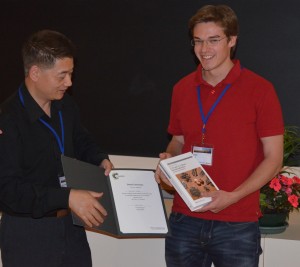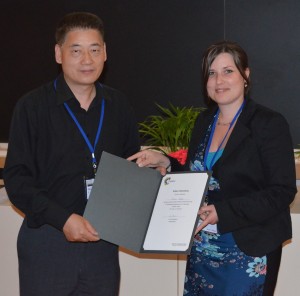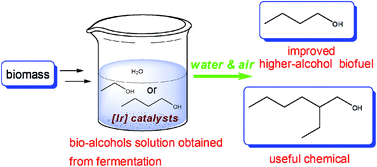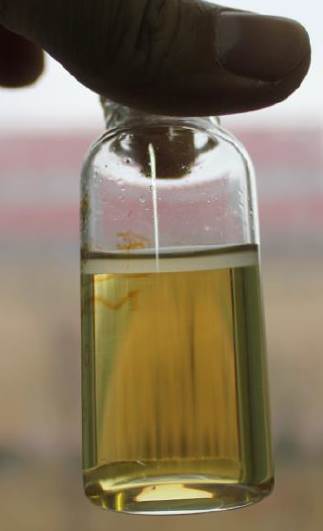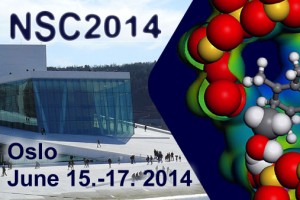 We are delighted to announce that Walter Leitner, Green Chemistry Editorial Board Chair, has been awarded the 2014 European Sustainable Chemistry Award alongside Jürgen Klankermayer, also from the Institute of Technical and Macromolecular Chemistry at the RWTH Aachen University.
We are delighted to announce that Walter Leitner, Green Chemistry Editorial Board Chair, has been awarded the 2014 European Sustainable Chemistry Award alongside Jürgen Klankermayer, also from the Institute of Technical and Macromolecular Chemistry at the RWTH Aachen University.
The European Sustainable Chemistry Award is intended to be a prestigious scheme to raise the profile of sustainable chemistry and be a spur to innovation and competitiveness. The ESCA was initially launched in 2010 by EuCheMS and its current prize amounts to €10,000. A full list of sponsors can be found on the website.
The Award covers innovations in the following scientific areas:
– the use of alternative synthetic pathways, that increase resource efficiency and selectivity e.g. with the help of catalysis or natural processes
– the use of alternative feedstocks which are safer and/or renewable e.g. based on biomass
– the use of alternative reactor design and reaction conditions, such as use of solvents which deliver health and environmental benefits, or increased yield and reduced waste and emissions
– the design and use of chemicals and chemical products that are, for example, less environmentally harmful than current alternatives, or inherently safer with regard to hazardous concerns
Visit the website for more information on the EuCheMS and the prizes awarded.


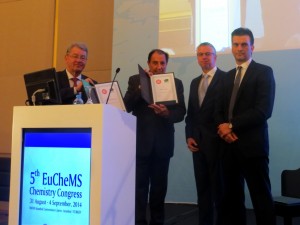










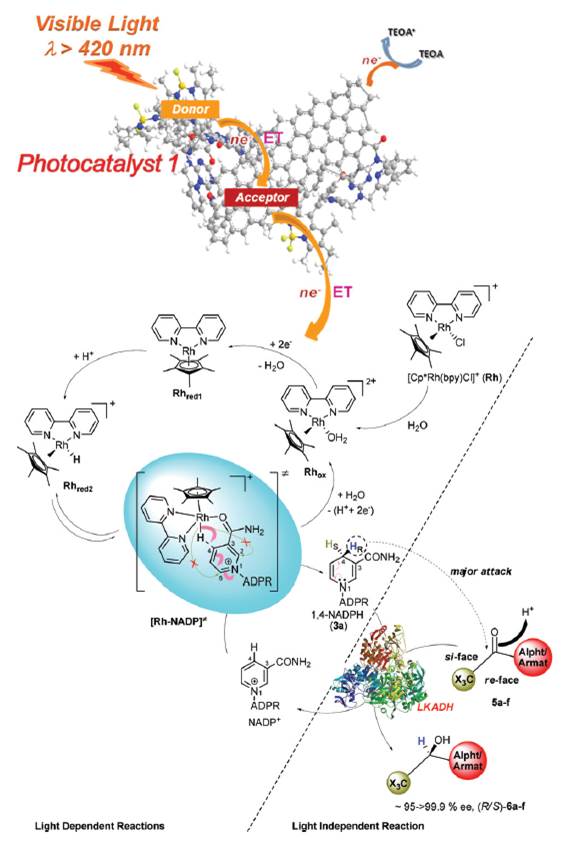
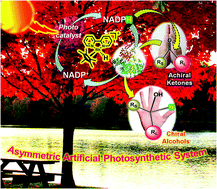
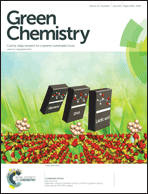 highly cited articles from each of the past 15 years. The result is a growing collection which you can read online
highly cited articles from each of the past 15 years. The result is a growing collection which you can read online 

